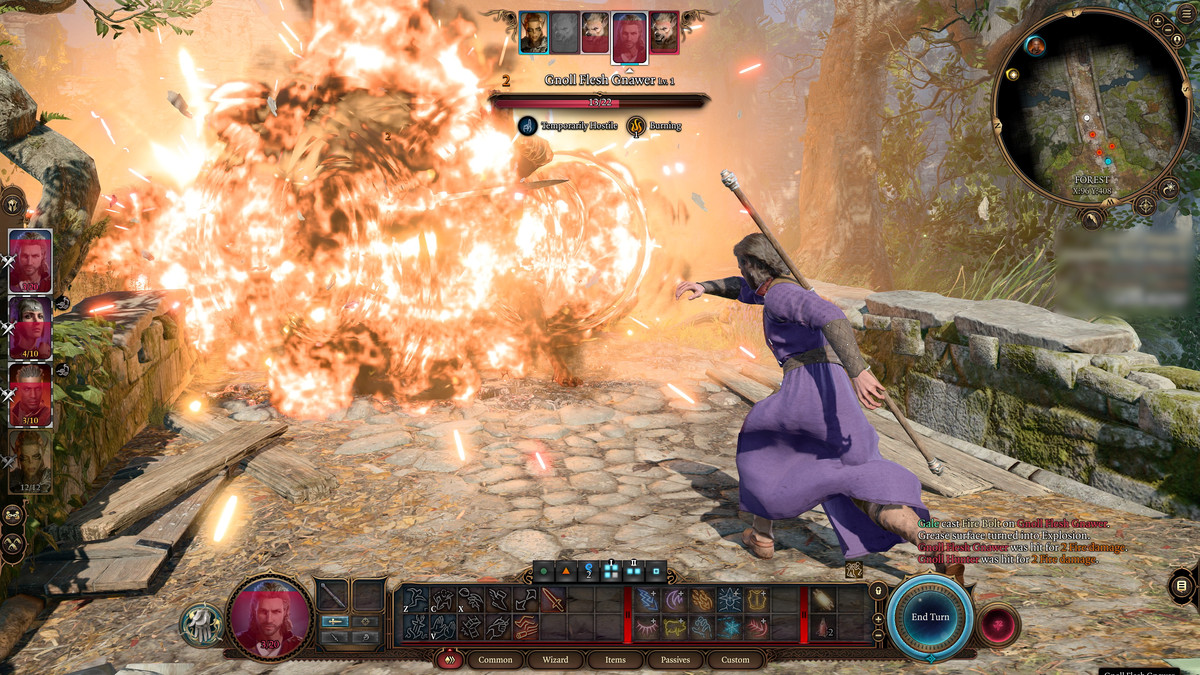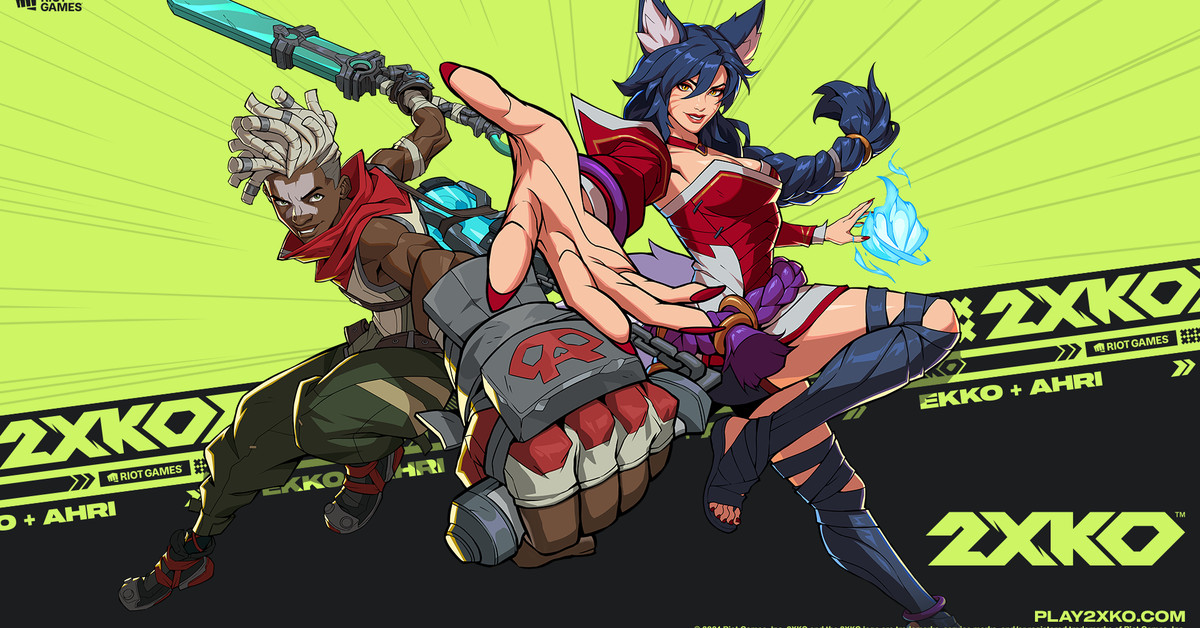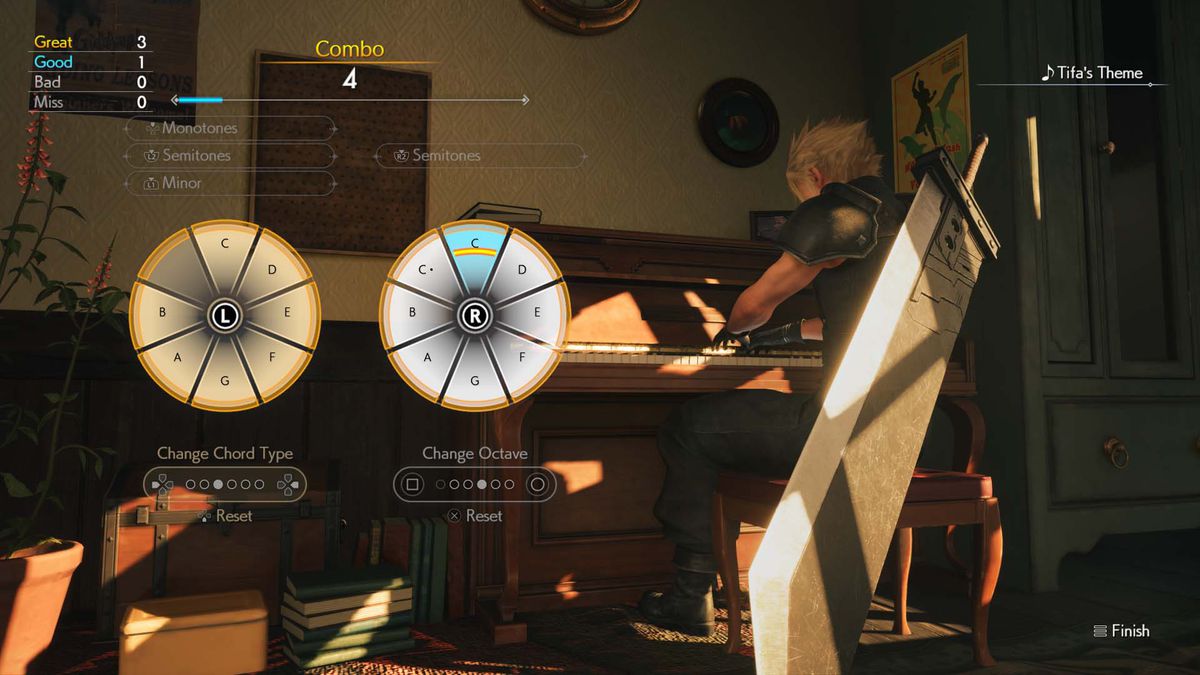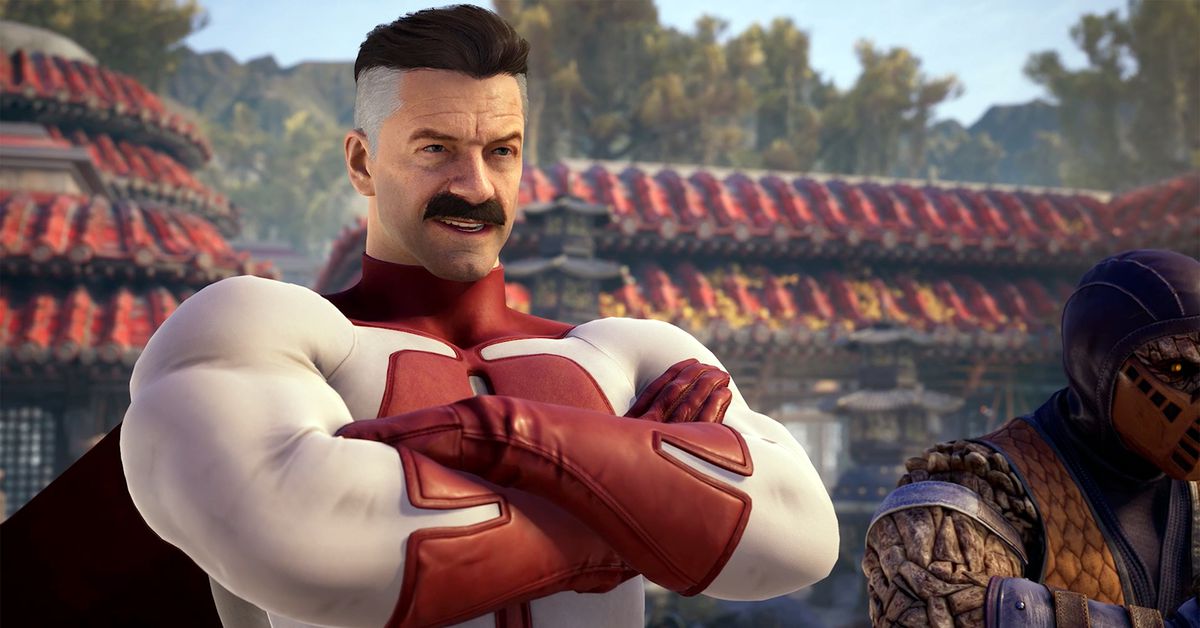Blizzard recently released its biggest update yet for Overwatch 2, a content drop called Invasion that’s headlined by a powerful new support hero and a handful of story-driven PvE levels. But the bigger draw for longtime Overwatch players is a new core game mode, Flashpoint. That mode, inspired by Call of Duty’s Headquarters Pro game type, is a breath of fresh air for Overwatch players who’ve been cycling through many of the same maps and modes for the past 10 months.
Flashpoint is the first new game mode since Blizzard released Push, a divisive addition to Overwatch 2 that’s been criticized by players for its lengthy amounts of downtime. Matches of Push can feel grueling compared to other core gameplay modes (Control, Escort, and Hybrid), thanks to its large, winding maps and tug of war as players battle to babysit the barrier-pushing robot. It’s not uncommon for games of Push to fully run out the game clock.
One of the biggest criticisms of Push is the agonizingly long walk back to the action from a player’s spawn point. Heroes without mobility boosts can sometimes expect upward of 30 seconds of travel time to reunite with their team when picked off. (Or support players can expect to be picked off at spawn by an aggressive opponent, which is far more miserable.)
Flashpoint has its moments of downtime too, and Blizzard may still have some fine-tuning to do in terms of spawn point locations and map design for the game mode. Blizzard designers have boasted that Flashpoint locations New Junk City and Suravasa are the biggest maps the Overwatch team has ever developed — maybe not the selling point the team believes it is when support players are groaning about long, lonely walks from spawn as they watch their teams getting shredded far off in the distance. With the 5v5 structure of Overwatch 2 teams, there’s a hell of a lot of map for just 10 players.
:no_upscale()/cdn.vox-cdn.com/uploads/chorus_asset/file/24854317/OVR_FlashpointGameplay_NewJunkCity_001.jpg)
What makes Flashpoint more exciting than a game of Push is the existing maps’ design; they’re stuffed with flank routes and an ever-changing capture point. Flashpoint already feels much more kinetic, more ripe for strategic play than Push. An enterprising Torbjorn, Illari, or Symmetra player can easily start to set up a point stealing plan at the next capture point spawn, if their team is already winning (or losing) at the current capture point.
Capture points themselves are smartly designed, too, giving players multiple entry points into the tightly packed combat arenas spread through each map. There are shades of the classic Assault mode here, but with less frustration in holding or attacking spots, thanks to less restrictive chokepoints. (If I’m allowed to fantasize here, I would hope that Blizzard’s developers would further repurpose the memorable locations of Hanamura, Temple of Anubis, and Horizon Lunar Colony for future Flashpoint locations.)
Flashpoint is currently only available in Overwatch 2’s Quick Play modes and the Arcade. Players can pop in and out of matches to experiment with the new mode, which means few players are taking it “seriously” right now. Even fewer are playing Flashpoint the way it needs to be played: as a team. When Flashpoint comes to Competitive play (and the Overwatch League later this month), and players start to memorize the layouts of the mode’s very large and complex maps, we’ll see the true test of Flashpoint’s design.





